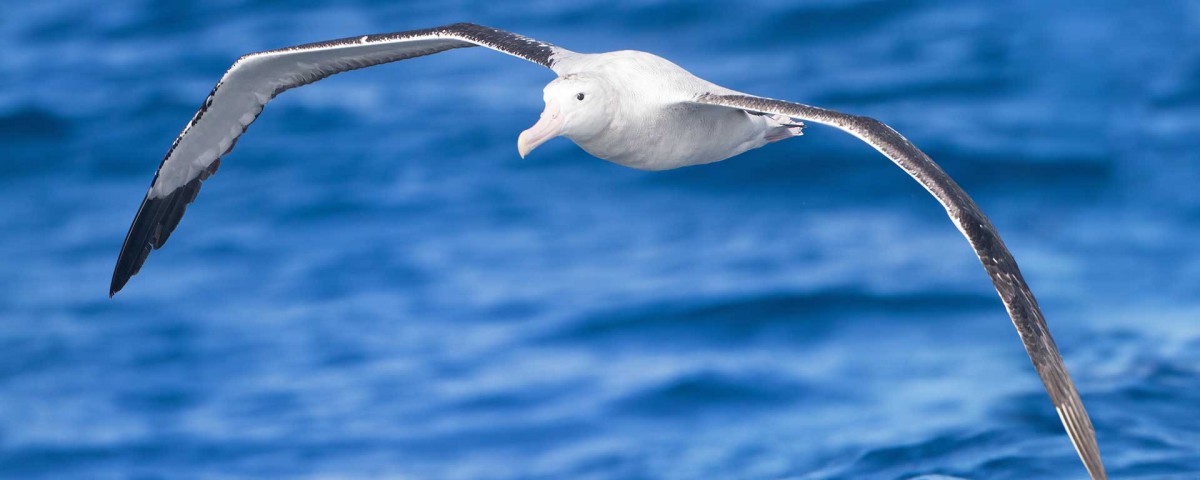
Aquaponics; the way forward for Namibian agriculture?
March 10, 2016
Seasonal tips for travellers
March 17, 2016Compiled Sanet van Zijl | Main photo ©JJ Harrison
Namibia is currently in the process of becoming part of the multi-lateral Agreement for the Conservation of Albatrosses and Petrels (ACAP). The agreement aims to conserve these birds by reducing threats to their populations.
In April 2015 the cabinet showed their support for Namibia’s decision to become an ACAP member. Now all that is needed is approval from parliament. Currently ACAP has 13 member countries and the agreement covers 31 species of albatrosses, petrels and shearwaters.
Namibia favours an ecosystem approach to fisheries management and as part of the regulatory framework ways to reduce unwanted by-catch are implemented.
Albatrosses and petrels are oceanic seabirds. Threats to their populations include wrecking of habitat, pollution, fishing and introduction of invasive species to their breeding colonies. Petrels are some of the most common seabirds found around fishing vessels. They forage mainly around ships, eat trawler offal and prey on food churned up by the ships’ passage. This behaviour unfortunately leads to the death of thousands of their kind every year.
The Namibia Nature Foundation is implementing the Albatross Task Force in Namibia project to aid in the protection of the birds. The task force was initiated in 2006 by Birdlife International and the Royal Society for the Protection of Birds in the UK as part of the Save the Albatross campaign. Albatrosses are of conservation interest as these birds are slow breeders and only start to reproduce once they reach 5 years of age.
In the hake longline industry about 22 000 seabirds are killed each year. The hake trawl industry kills about 8000 seabirds per year. This is serious concern that threatens the survival of these species.
In November 2015 a number of preventative regulations were set in place to ensure the protection of albatrosses in Namibian waters. It is mandatory for all longline fishing vessels to deploy at least one bird scaring rope with brightly coloured streamers at all times during fishing operations. This will scare the birds away from the danger. Two bird scaring lines have to be deployed by trawlers when fishing.
Other suggestions that have been made in conjunction with the new regulations include setting fishing lines at night which will also help to reduce fatalities, as many of the birds are not active at night. Weighting the fishing lines will make the bait hooks sink faster, which will lower the risk of birds being caught.

Great-winged kestrel: Occurs along the Namibian coastline from Cape Cross to the Orange River. Photo ©JJ Harrison

Wilson’s Storm Petrel: A non-breeder visitor to Lüderitz, Swakopmund, Walvis Bay and Skeleton Coast. Photo ©JJ Harrison

Shy albatross: Commonly seen around Lüderitz and Cape Cross. Photo ©JJ Harrison

Wandering albatross: Rare sightings have occurred around Mowe Bay along the Skeleton Coast

Cape Petrel: Migrates to Namibia during winter. Photo ©JJ Harrison

Black-browed Albatross. Photo ©JJ Harrison


